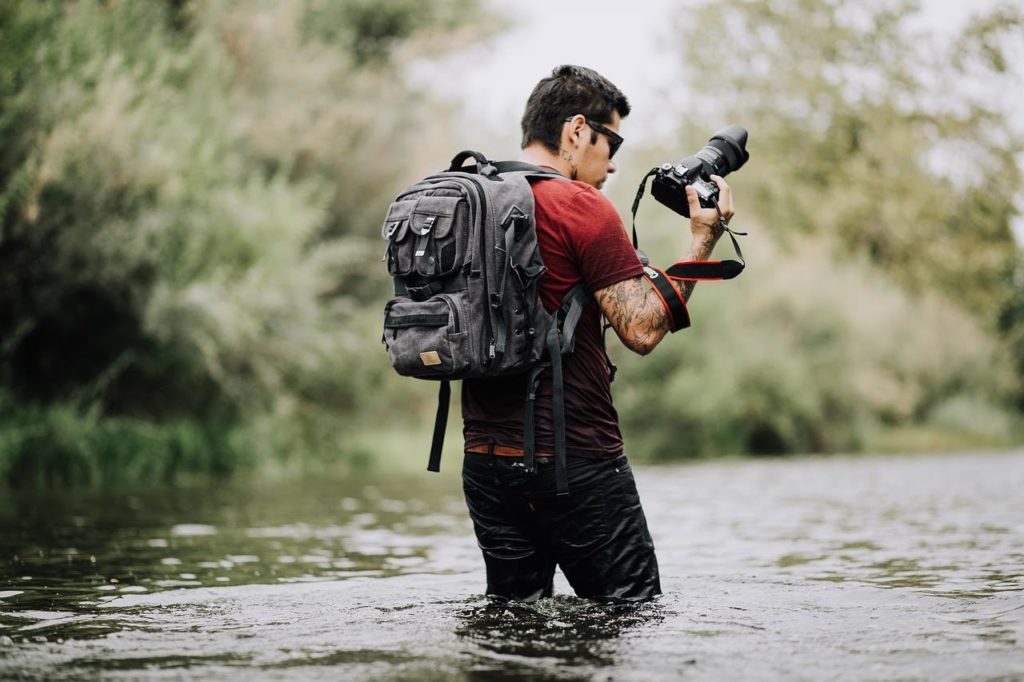
Traveling is truly a fun thing to do. When you travel, you are able to meet new people, explore great places and essentially try new stuff. And of course, the most enjoyable thing about traveling is the memories you make. Who wouldn’t want to capture those moments, those beautiful sceneries you were exposed to? And so, here are some of the best travel cameras you can buy to help you capture great moments on your adventures, to help you make the memories last.
What to Look for
When choosing a camera for your travels, their things which you must consider in order to make the most out of it. It’ll be easier to choose if you can determine what your needs are in the first place. Like, do you need portability? Are you after professional image quality? Are you going somewhere that would require your camera to be weatherproof? Or are you fine with a well-rounded, multipurpose model? Answering those questions would help make choosing a camera easier. Aside from your specific needs, here is some general stuff to consider when getting a camera:
- Portability – when you travel, you walk a lot as you go from place to place enjoying the sights and seeking stuff to try out. Also, if your target destinations are somewhat far apart, you will surely need to board public transportation like buses, taxis and such. This means that with all that going to and fro involved in travel, a heavy, bulky camera would be difficult to carry and use. This is why you should consider models that are portable, those you can carry easily and use at any given moment.
- Manual Settings – the ability to manually control all camera settings enables one to dial in the perfect shot in different situations. Also, a camera with manual control will help improve your photography skills
- Megapixels – that assumption that more megapixels is better? Not always true, especially if the pixels themselves are small. Although, more megapixels on a large sensor will give you higher detail, thus allowing you to crop your image without reducing its quality.
- Aperture – measured in f/numbers (f/1.4, f/2.8, f/4, etc.), this tells how better the lens will perform in low-light conditions. The lower the number, the better (and more expensive).
- Zoom Range – a zoom lens would enable you to take closer shots of your subjects, like people or animals for instance. However, bigger zoom means a bulkier camera. The zoom range is a personal preference, though it would be more convenient, especially for travel, to have the option of zooming in without changing lenses.
- HD/4K Video – most cameras worth their buck can shoot video in HD 1080p. There are also those that have 4K capabilities (this is only needed when you’re doing professional work though). And of course, these 4k cameras cost higher.
- Wi-Fi/Bluetooth – getting a camera with Wi-Fi or Bluetooth capabilities will allow you to upload your photos instantly or transfer them to your computer or smartphone. And if you don’t have access to a computer, like when in travel, you can still share your photos in social media.
- Interchangeable Lenses – getting a camera with interchangeable lenses allows you to pick the perfect lens for various situations. DSLR and some mirrorless cameras have this feature.
- Weatherproofing – there are some cameras which are better protected from moisture and dust than others. It would be better to get a camera that can hold up against the elements, especially if you plan on shooting in very dusty or wet environments.
- RAW – in the RAW format, the image is saved without any internal modifications unlike in the JPG format. This is why advanced users prefer the RAW format, as it gives them more leeway when editing their images with software later. Not all cameras can save in this format though.
- Stabilization – there are cameras/lenses which offer Optical Image Stabilization (OIS), a feature that deals with the “handshake” on slower shutter speeds, to help keep images sharp in low-light situations. There are also models that have internal sensor stabilization that helps offer good results in photography.
Read more: Best Entry-level Cameras 2020
The Cameras
Here are some models for your consideration (in no particular order):
Panasonic TZ200
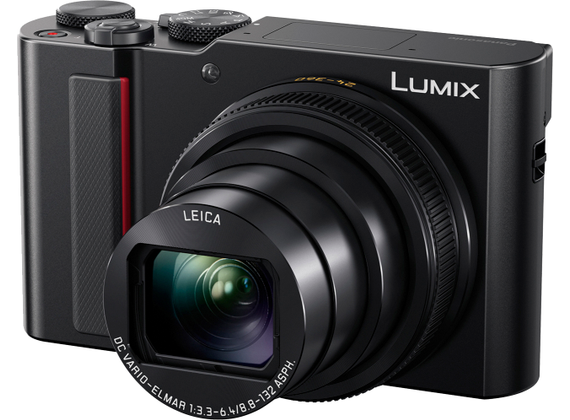
Specs:
- Sensor size: one-inch
- Lens: 24-360mm, f/3.3-6.4
- Monitor: 3.0-inch, 1, 240k dots
- Resolution: 20.1MP
- Viewfinder: EVF
- Video: 4K
Pros:
- One-inch sensor
- 15x optical zoom
Cons:
- Small EVF
- Fixed screen
Sony RX100 VII

Specs:
- Sensor size: one-inch
- Lens: 20-200mm, f/2.8-4.5
- Monitor: tilting, 921k-dot 3.0-inch LCD
- Resolution: 20.1MP
- Viewfinder: 2.35-million dot retractable finder
- Video: 4K
Pros:
- Ultra-high-speed shooting
- Fast, high-tech AF (autofocus)
- Versatile zoom range
Cons:
- Fiddly EVF
- Slippery finish
- Small controls
Fujifilm X-T30

Specs:
- Sensor: ASP-C back-illuminated X-trans CMOS 4
- Lens: N/A
- Monitor: 3.0-inch vari-angle touchscreen, 1,037,000 dots
- Resolution: 26.1MP
- Viewfinder: 2.36 million dot EVF
- Video: 4K
Pros:
- Great build quality
- Great value for money
- Good default JPEG output
- Quick AF
Cons:
- No in-body stabilization
Canon G5X Mark II

Specs:
- Sensor size: one-inch
- Lens: 5x zoom (24-120mm equivalent)
- Monitor: tilting, 1040k-dot 3.0-inch TFT LCD
- Resolution: 20.1MP
- Viewfinder: pop-up, 2360k-dot OLED electronic viewfinder
- Video: 4K
Pros:
- Great size and handling
- Pop-up viewfinder
- Good zoom range
Cons:
- Expensive
Nikon Z6
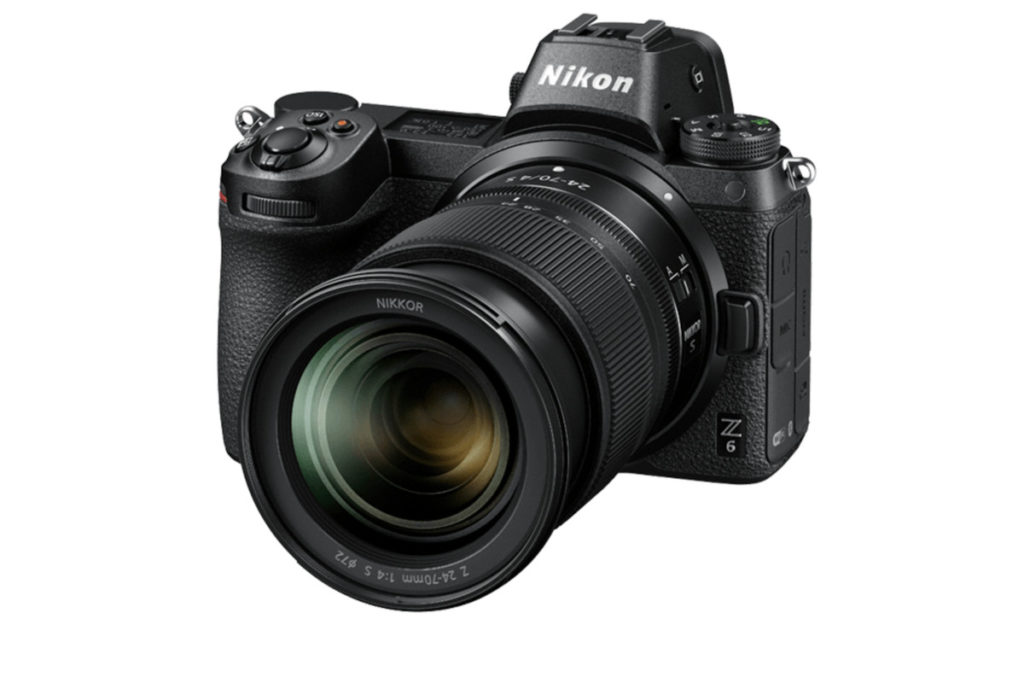
Specs:
- Sensor size: full-frame
- Lens: N/A (Z Mount)
- Monitor: 3.2-inch tilting 2100k-dot touch-sensitive TFT LCD
- Resolution: 24.5MP
- Viewfinder: 0.5-inch, 3690k-dot OLED
- Video: 4K
Pros:
- Great handling
- Small size (among full-frames)
- Tilting screen
- Full-frame sensor
Cons:
- Overall bulky system
- Limited lens availability
Nikon Z50
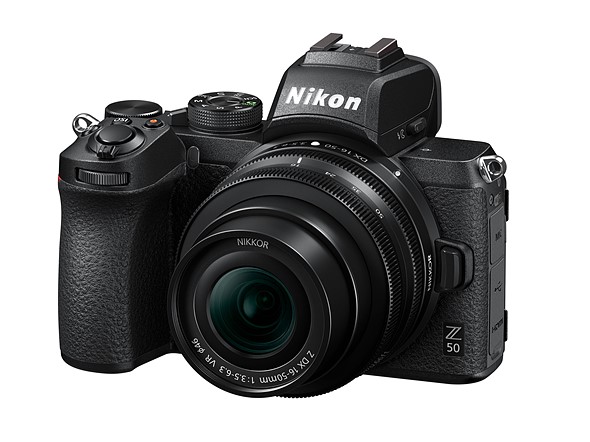
Specs:
- Sensor size: APS-C
- Lens Mount: Z
- Monitor: 3.2-inch 1040k-dot tilting touchscreen
- Resolution: 20.9MP
- Viewfinder: 0.39-inch, 2360k-dot OLED electronic viewfinder
- Video: 4K
Pros:
- Great handling
- Small size
- Good value
Cons:
- Limited native lens range
Panasonic G90

Specs:
- Sensor size: four thirds
- Lens Mount: micro four thirds
- Monitor: 1040k-dot 3.2-inch fully-articulating touchscreen
- Resolution: 20.3MP
- Viewfinder: 2,360k-dot OLED EVF
- Video: 4K
Pros:
- Great handling
- Great video features
- Good native lens range
Cons:
- Small sensor
Canon EOS M6 Mark II
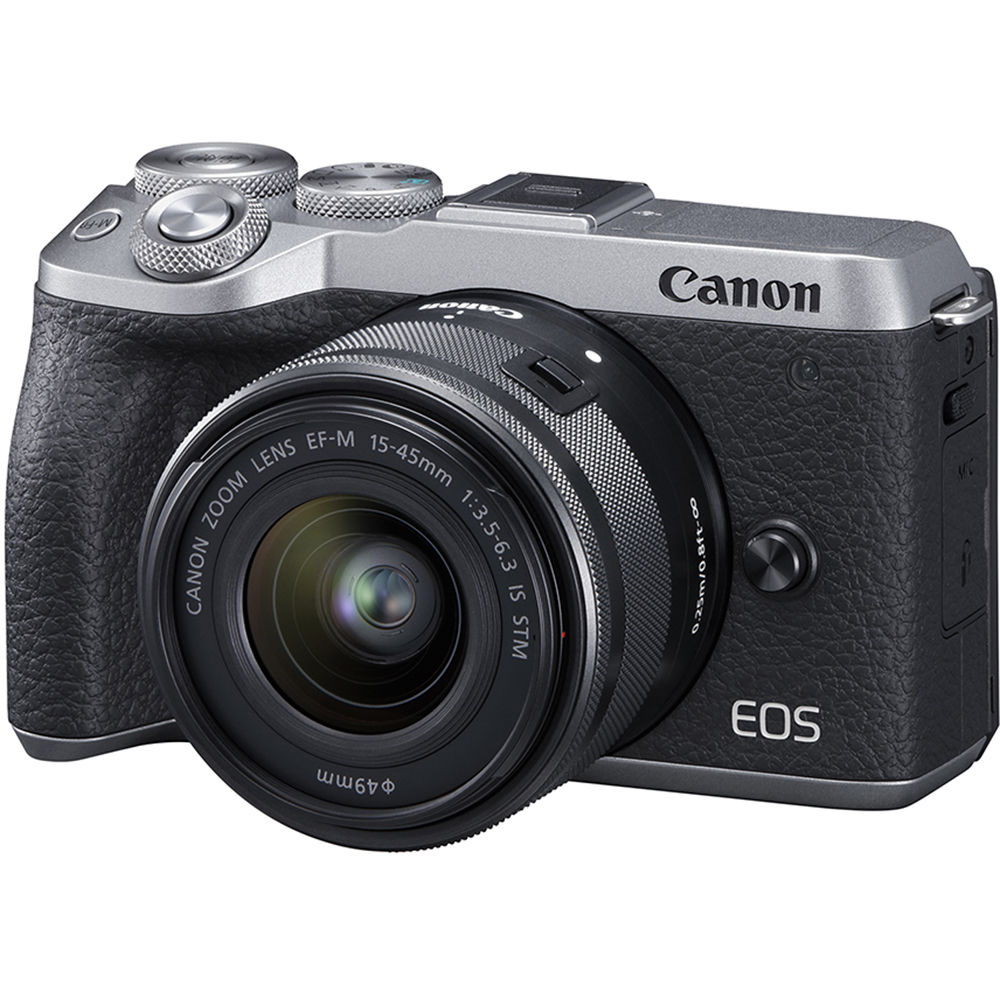
Specs:
- Sensor size: APS-C
- Lens Mount: EF-M
- Monitor: 3.0-inch tilting 1.04m-dot touchscreen
- Resolution: 32.5MP
- Viewfinder: N/A
- Video: 4K
Pros:
- Small size
- Uncropped 4k video
- High resolution sensor
Cons:
- No inbuilt viewfinder
Panasonic Lumix LX100 Mark II
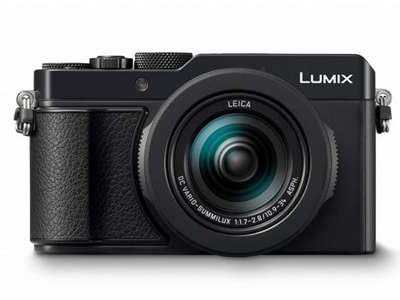
Specs:
- Sensor size: four thirds
- Lens: 24-75mm (equivalent) f/1.7-2.8
- Monitor: 3.0-inch, 1240k-dot, touch-sensitive TFT LCD
- Resolution: 17MP
- Viewfinder: 0.38-inch, 2760k-dot Live Viewfinder
- Video: 4K
Pros:
- Large sensor
- Small body
- Touch-sensitive screen
Cons:
- Screen doesn’t tilt
- Just a few upgrades from its predecessor
Canon G1X Mark III
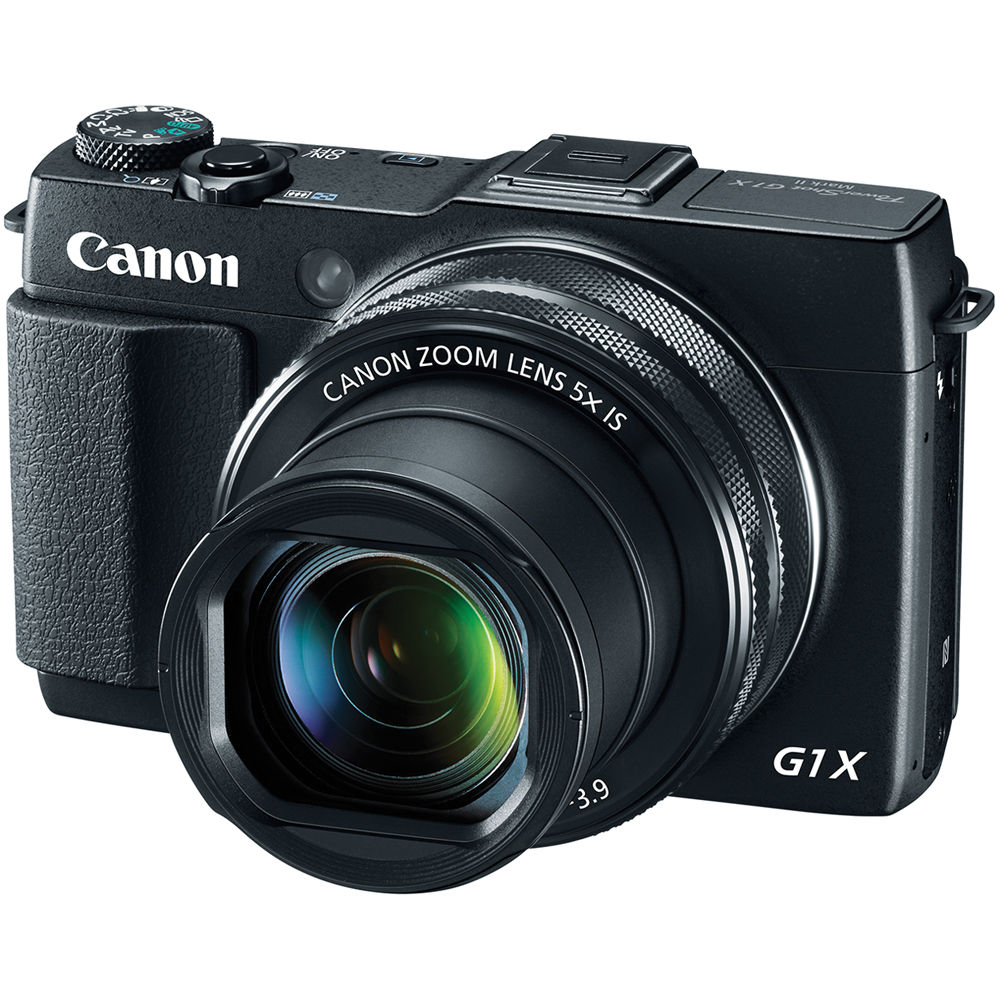
Specs:
- Sensor size: APS-C
- Lens: 24-72mm equivalent f/2.8-5.6 zoom lens
- Monitor: 3-inch 1.04M-dot fully articulating
- Resolution: 24MP
- Viewfinder: 2.36M-dot electronic viewfinder
- Video: 1080/60p
Pros:
- DSLR-sized sensor
- Vari-angle screen
- Small body
Cons:
- Limited zoom
- Short battery life
Sony RX10 IV
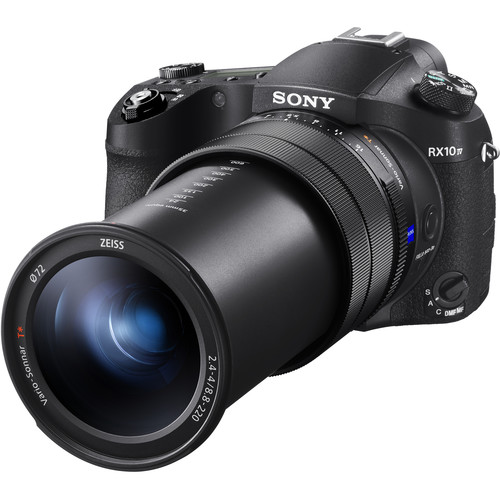
Specs:
- Sensor size: one-inch
- Lens: 25x optical zoom, 24-600mm f/2.4-4
- Monitor: 3-inch, tilting, 1,440,000-dot
- Resolution: 20.1MP
- Viewfinder: 0.39-inch electronic viewfinder, 2,359,296-dots
- Video: 4K
Pros:
- Long lens
- One-inch sensor
Cons:
- Expensive
- Bulky
Nikon P950
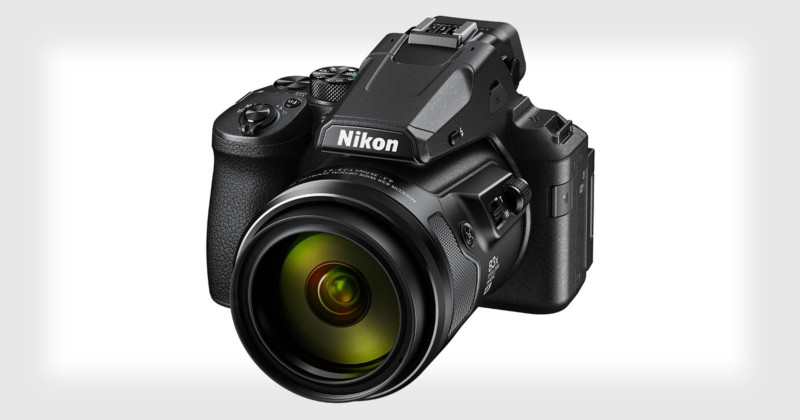
Specs:
- Sensor size: 1/2.3-inch
- Lens: 24-200mm (83x)
- Monitor: 3.2-inch 921k-dot LCD
- Resolution: 16MP
- Viewfinder: 0.39-inch, 2359k-dot OLED
- Video: 4K
Pros:
- Huge zoom range
- RAW format
- Full manual control
- High resolution viewfinder
Cons:
- Small sensor
- Screen not touch-sensitive
- Not good for action
Fujifilm X100F
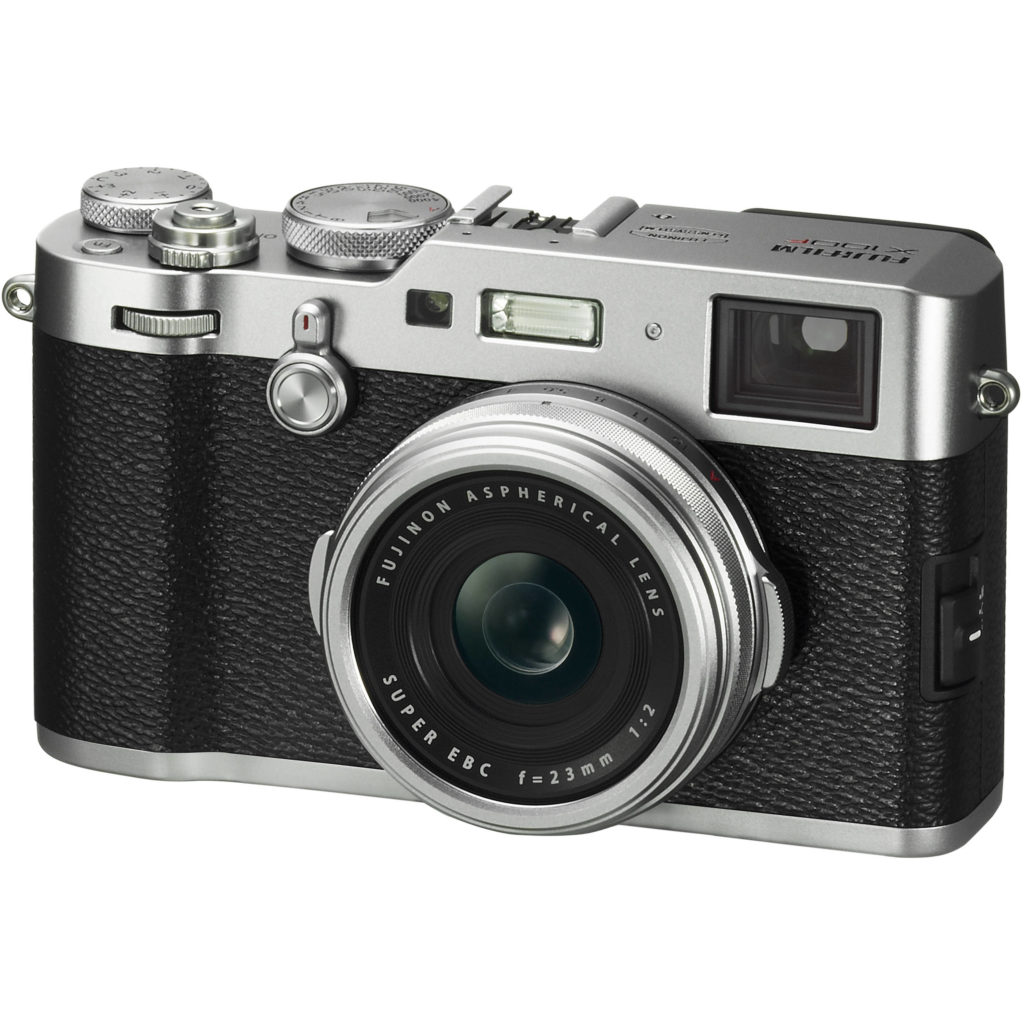
Specs:
- Sensor size: APS-C
- Lens: 23mm (equivalent to 35mm) f/2.0 fixed lens
- Monitor: 3-inch, 1040k-dot fixed screen
- Resolution: 24.3MP
- Viewfinder: hybrid optical and electronic viewfinder
- Video: Full HD
Pros:
- APS-C sensor
- Aesthetics
Cons:
- Expensive
- Fixed length lens
GoPro Hero 8

Specs:
- Sensor size: small
- Lens: 6mm fixed lens
- Monitor: 2-inch touchscreen
- Resolution: 12MP
- Viewfinder: N/A
- Video: 4k60
Pros:
- Small and lightweight
- Great video stabilization
- Built-in mount
Cons:
- Limited use for stills
Canon SX740 HS
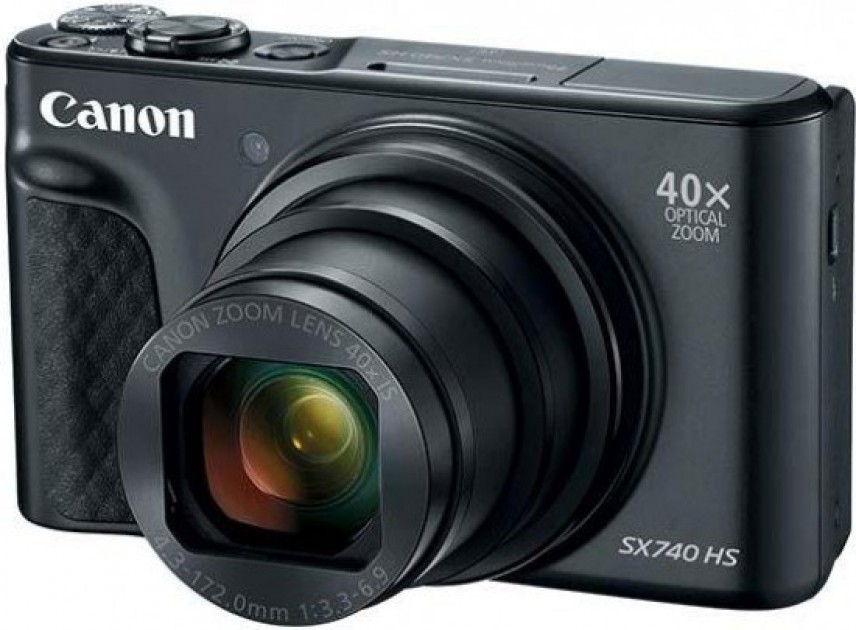
Specs:
- Sensor size: 1/2.3-inch
- Lens: 24-960mm (equivalent) f/3.3-6.9
- Monitor: 3.0-inch, 922k-dot, tilting TFT LCD
- Resolution: 20.3MP
- Viewfinder: N/A
- Video: 4K
Pros:
- Huge zoom range
- 4K video
- Simple to use
Cons:
- Doesn’t shoot in RAW format
- Not good for low-light conditions
- Screen not touch-sensitive
Nikon D500
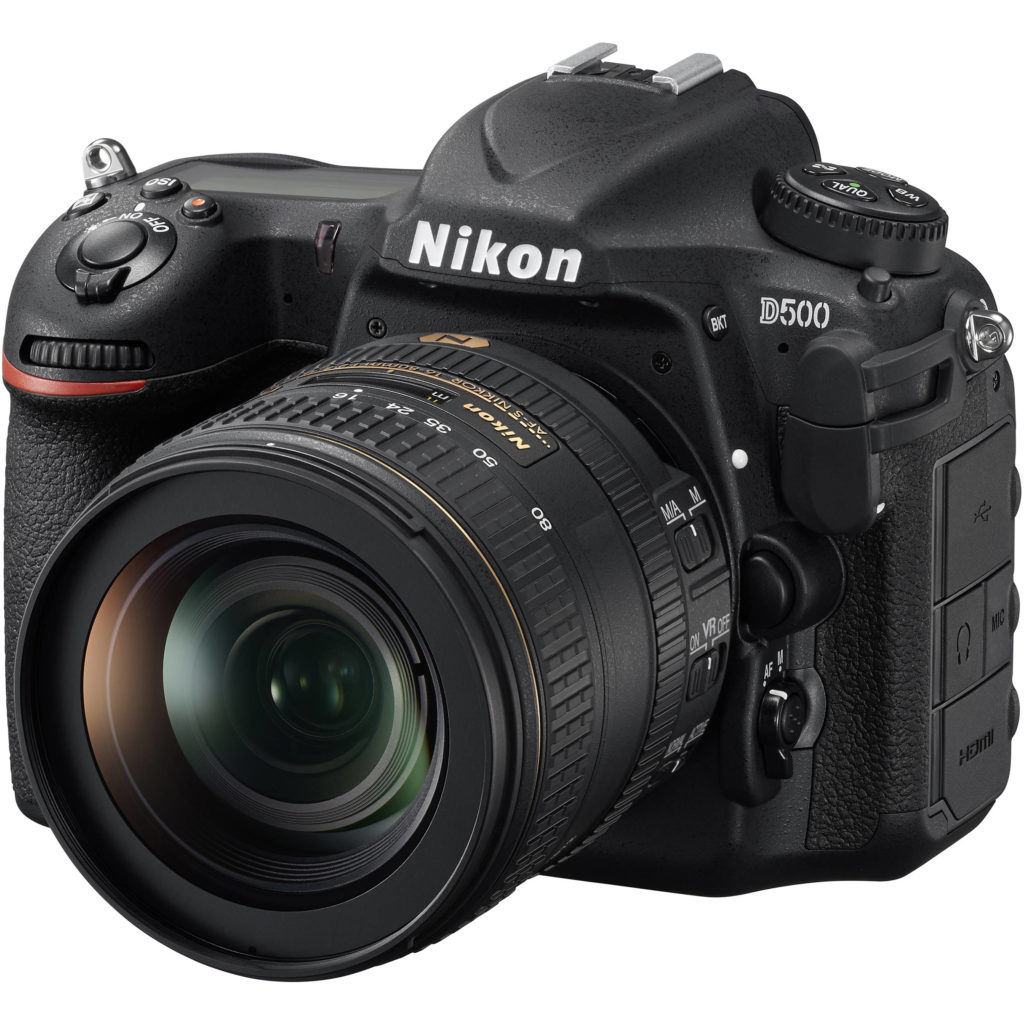
Specs:
- Sensor size: APS-C
- Lens: N/A
- Monitor: 3.2-inch, 2359k-dot touch-sensitive, tilting screen
- Resolution: 20.9MP
- Viewfinder: 100% optical viewfinder
- Video: 4K
Pros:
- Great all rounder
- APS-C sensor
Cons:
- Heavy and bulky
- Screen not fully articulating
Panasonic G9
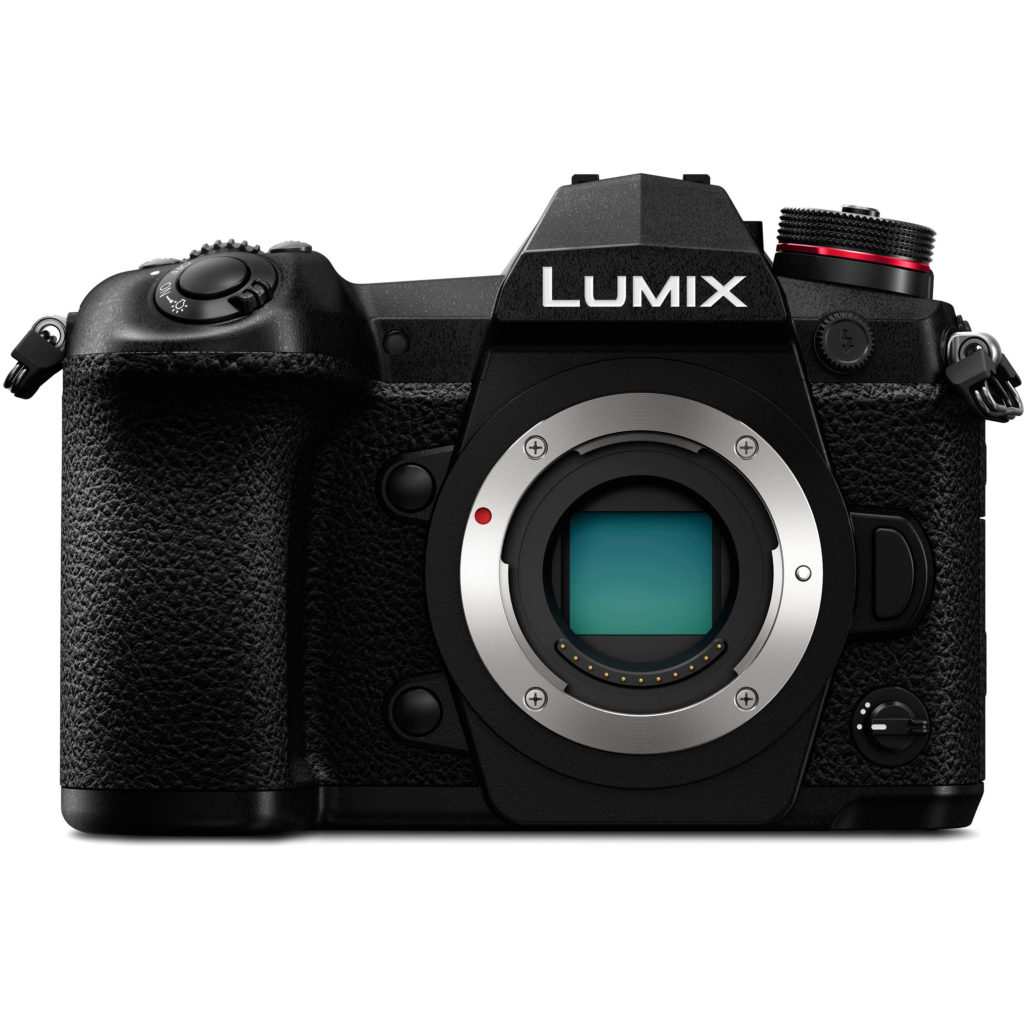
Specs:
- Sensor size: four thirds
- Lens: N/A
- Monitor: 3-inch, articulating, touch-sensitive TFT LCD, 1040k-dots
- Resolution: 20MP
- Viewfinder: OLED electronic viewfinder, 3,680k-dots
- Video: 4K
Pros:
- Small overall system
- Excellent viewfinder
Cons:
- Sensor smaller than DSLR
- Large body for a CSC
Panasonic TZ100
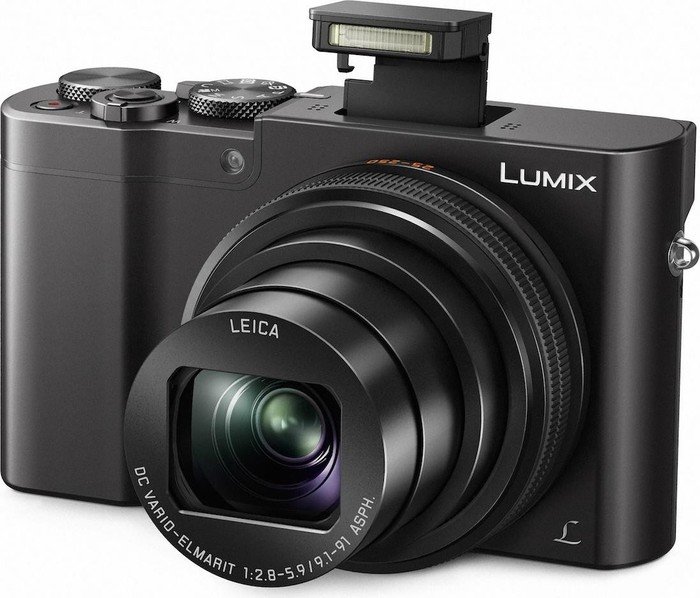
Specs:
- Sensor size: one-inch
- Lens: 10x optical 25-250mm (equivalent) f/2.8-5.9
- Monitor: 3-inch 1040k-dot touch-sensitive screen
- Resolution: 20.1MP
- Viewfinder: 0.2-inch 1160k-dot electronic viewfinder
- Video: 4K
Pros:
- One-inch sensor
- 10x optical zoom
Cons:
- Small viewfinder
- Less capable in lowlight
GoPro Session
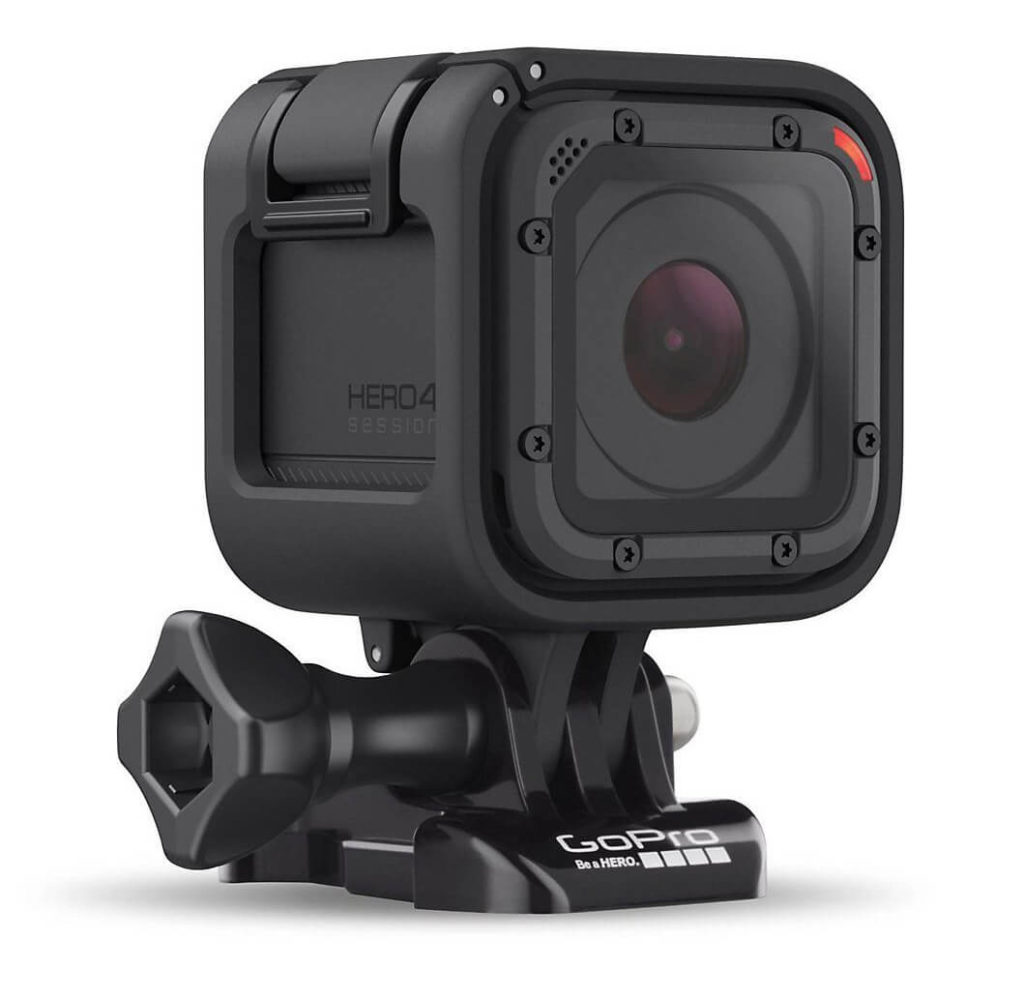
Specs:
- Sensor size: 1/3.2 inch (4.54 x 3.42mm)
- Resolution: 10MP
- Zoom: 15-30mm
Pros:
- Small
- Affordable
- Waterproof
Cons:
- Small sensor
- Limited zoom
- No screen
YI 4K+
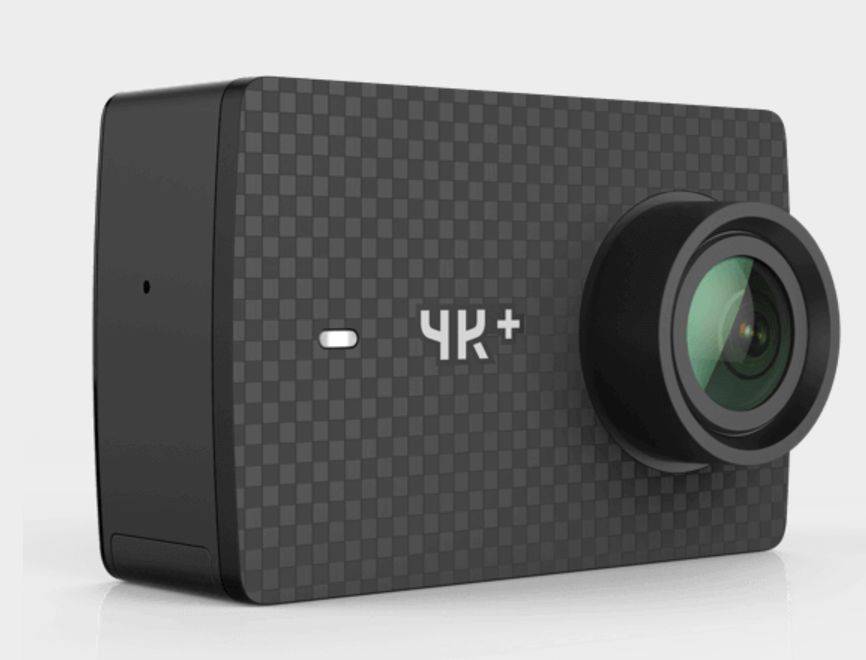
Specs:
- Sensor size: 1/2.3 inch (6.17 x 4.63 mm)
- Resolution: 12MP
- Zoom: 15-30mm
Pros:
- Affordable
- Similar quality to GoPro
Cons:
- Basic recording experience
- Unreliable tech support
And those are some of the cameras you might want to take a look at. Traveling is fun, and for sure, there will be moments and scenes that you want to capture. In such cases, a camera would be a truly indispensable tool, yes?

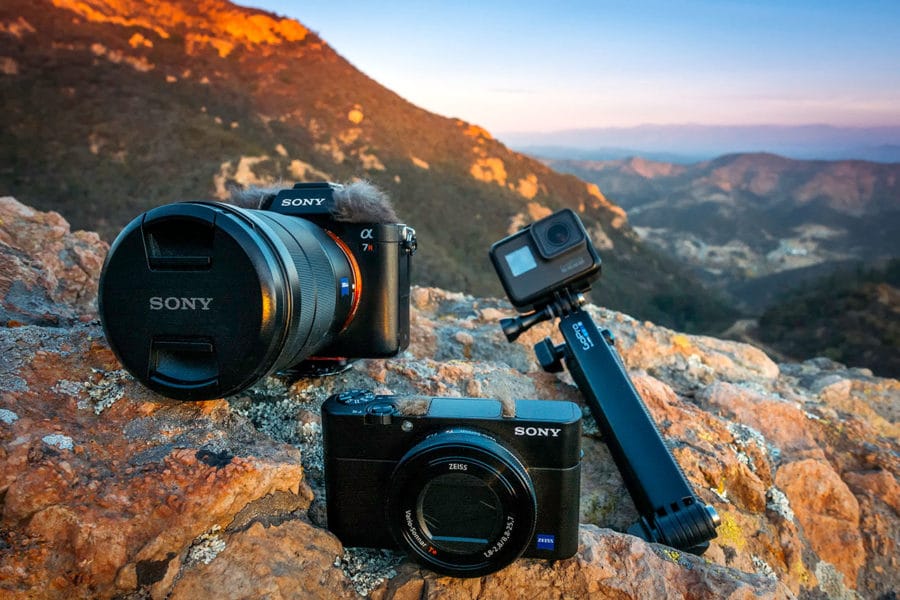
Профессиональный сервисный центр по ремонту ноутбуков и компьютеров.дронов.
Мы предлагаем:адреса ремонта ноутбуков
Наши мастера оперативно устранят неисправности вашего устройства в сервисе или с выездом на дом!
Профессиональный сервисный центр по ремонту бытовой техники с выездом на дом.
Мы предлагаем:сервисные центры по ремонту техники в спб
Наши мастера оперативно устранят неисправности вашего устройства в сервисе или с выездом на дом!
I was very pleased to discover this website. I want to to thank you for ones time for this particularly wonderful read!! I definitely savored every little bit of it and i also have you saved to fav to look at new things on your website.
Если вы искали где отремонтировать сломаную технику, обратите внимание – выездной ремонт бытовой техники в новосибирске
срочный ремонт сотовых телефонов
Профессиональный сервисный центр по ремонту Apple iPhone в Москве.
Мы предлагаем: сервисный ремонт айфонов в москве
Наши мастера оперативно устранят неисправности вашего устройства в сервисе или с выездом на дом!
Профессиональный сервисный центр по ремонту источников бесперебойного питания.
Мы предлагаем: ремонт бесперебойника
Наши мастера оперативно устранят неисправности вашего устройства в сервисе или с выездом на дом!
ремонт матрицы телевизора цена
Если вы искали где отремонтировать сломаную технику, обратите внимание – тех профи
Если вы искали где отремонтировать сломаную технику, обратите внимание – ремонт бытовой техники в челябинске
Hi, I do believe this is an excellent blog. I stumbledupon it 😉 I am going to come back once again since i have book marked it. Money and freedom is the greatest way to change, may you be rich and continue to guide other people.
You’re so interesting! I do not believe I’ve truly read a single thing like this before. So nice to discover another person with unique thoughts on this issue. Seriously.. many thanks for starting this up. This site is something that’s needed on the web, someone with some originality.
I like looking through an article that can make men and women think. Also, thanks for allowing me to comment.
Good information. Lucky me I ran across your website by chance (stumbleupon). I have saved as a favorite for later.
After looking into a few of the blog posts on your web page, I truly appreciate your technique of blogging. I book-marked it to my bookmark site list and will be checking back soon. Please visit my web site as well and tell me your opinion.
It’s difficult to find well-informed people for this subject, but you seem like you know what you’re talking about! Thanks
I would like to thank you for the efforts you have put in writing this blog. I really hope to view the same high-grade blog posts from you later on as well. In truth, your creative writing abilities has inspired me to get my own website now 😉
I like it when individuals come together and share opinions. Great website, keep it up!
ремонт фотоаппарата
Hi there, I do believe your web site could be having internet browser compatibility problems. When I look at your site in Safari, it looks fine however, when opening in I.E., it has some overlapping issues. I simply wanted to give you a quick heads up! Other than that, great blog!
I’m impressed, I must say. Seldom do I come across a blog that’s equally educative and entertaining, and without a doubt, you’ve hit the nail on the head. The problem is something that not enough folks are speaking intelligently about. Now i’m very happy that I found this in my hunt for something regarding this.
Pretty! This was an extremely wonderful article. Many thanks for providing these details.
Профессиональный сервисный центр по ремонту бытовой техники с выездом на дом.
Мы предлагаем:ремонт бытовой техники в екб
Наши мастера оперативно устранят неисправности вашего устройства в сервисе или с выездом на дом!
Профессиональный сервисный центр по ремонту варочных панелей и индукционных плит.
Мы предлагаем: сервисный центр варочных панелей
Наши мастера оперативно устранят неисправности вашего устройства в сервисе или с выездом на дом!
I wanted to thank you for this excellent read!! I certainly enjoyed every bit of it. I’ve got you book-marked to look at new things you post…
bookmarked!!, I love your website!
After looking at a number of the blog posts on your site, I really like your technique of blogging. I saved it to my bookmark website list and will be checking back in the near future. Please check out my website too and let me know what you think.
Way cool! Some extremely valid points! I appreciate you penning this post plus the rest of the site is also really good.
Если вы искали где отремонтировать сломаную технику, обратите внимание – ремонт бытовой техники в челябинске
You need to take part in a contest for one of the best sites on the web. I most certainly will recommend this site!
Everyone loves it when folks get together and share thoughts. Great website, keep it up.
Hi, I do think this is an excellent web site. I stumbledupon it 😉 I am going to revisit yet again since I bookmarked it. Money and freedom is the greatest way to change, may you be rich and continue to guide other people.
This excellent website definitely has all of the info I needed about this subject and didn’t know who to ask.
This is a good tip particularly to those fresh to the blogosphere. Short but very precise info… Appreciate your sharing this one. A must read article.
You are so awesome! I do not think I’ve truly read through something like that before. So great to find somebody with some genuine thoughts on this issue. Really.. thank you for starting this up. This site is one thing that is needed on the web, someone with a bit of originality.
Профессиональный сервисный центр по ремонту фото техники от зеркальных до цифровых фотоаппаратов.
Мы предлагаем: ремонт цифровых фотоаппаратов
Наши мастера оперативно устранят неисправности вашего устройства в сервисе или с выездом на дом!
Если вы искали где отремонтировать сломаную технику, обратите внимание – сервис центр в краснодаре
Профессиональный сервисный центр по ремонту планшетов в Москве.
Мы предлагаем: сколько стоит починка планшета
Наши мастера оперативно устранят неисправности вашего устройства в сервисе или с выездом на дом!
Профессиональный сервисный центр по ремонту бытовой техники с выездом на дом.
Мы предлагаем:сервисные центры по ремонту техники в новосибирске
Наши мастера оперативно устранят неисправности вашего устройства в сервисе или с выездом на дом!
Если вы искали где отремонтировать сломаную технику, обратите внимание – ремонт бытовой техники в казани
Профессиональный сервисный центр по ремонту видео техники а именно видеокамер.
Мы предлагаем: ремонт видеокамер
Наши мастера оперативно устранят неисправности вашего устройства в сервисе или с выездом на дом!
Если вы искали где отремонтировать сломаную технику, обратите внимание – ремонт цифровой техники красноярск
Профессиональный сервисный центр по ремонту бытовой техники с выездом на дом.
Мы предлагаем: сервисные центры по ремонту техники в москве
Наши мастера оперативно устранят неисправности вашего устройства в сервисе или с выездом на дом!